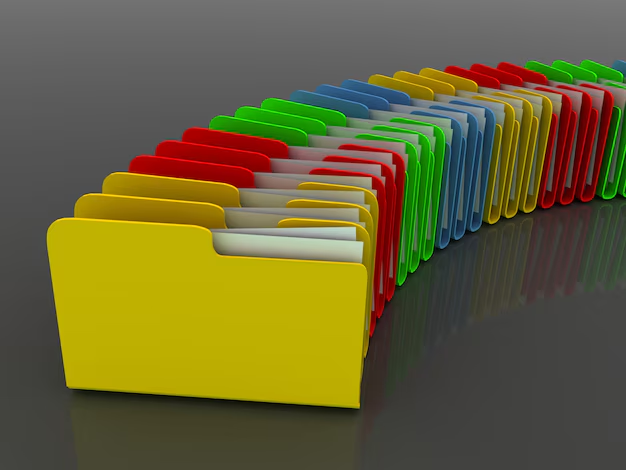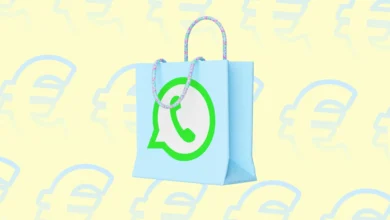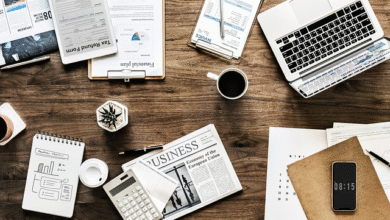How To Design the Perfect Printed Folder for Your Business

Printed folders are not just an organizational and storage solution; you require them for advertising and exuding a professional image, especially when presenting to a prospective client or attending an industry conference. Thus, you must dedicate time to designing them to ensure you have one for all purposes.
Basically, a perfectly designed folder must be presentable enough to leave an impression on the end-users.
So, how do you create one that archives all these higher expectations?
The secret lies in comprehending the design aesthetics and what makes the best folder to carry around. That is the finishes, material, details added and the practicality and suitability for your organization or career.
By focussing on each of these elements, you will likely end up with one that meets the basics and other uses.
In today’s market, where visually standing out is considered competent, your folder should be eye-catching with perfect graphics and every element perfectly organized for noticeability.
In this article, we dig deep into how to design a perfect one for everyday tasks and more. So, keep reading.
1. Understand Intended Folder Uses
Knowing what you plan to do with the folder will help you tailor its appearance and pay attention to the little details that help address your business needs.
To accomplish this, start with the fundamental uses and work toward business-focused end uses. For example, a folder used for marketing must include brand aspects that help in product and business promotion.
If you are unsure what you want to use it for, you can go for ready-made custom-printed business folders, which can be used for multiple needs. Since you can tailor these templates to your needs, these folders are ideal for any industry or company. The standard versions already available have the most features, such as quality material, that any business would desire.
Here are some more details on the different types of printed folders:
- Customized folders: When customizing, specify details such as coating options or ink colors that match your preferences. You can also personalize them according to your preferences. To achieve that, focus on your needs and how the folder would address them.
- Multipurpose folders: As the name suggests, they should be versatile and adaptable, meaning they should have extra features to fit the purpose.
- Presentation folders: What matters when designing them is their appeal and ability to ensure everything is perfectly organized. So, you must pay attention to sleek looks and maybe compartments to store everything neatly.
2. Focus On the Size and Layout
The first rule of making a presentable folder is to ensure it is sleek and the size is correct to store all your content. This will save you the burden of carrying a folder with hanging papers or ending up with crumpled papers during a presentation.
To avoid mistakes, design folders in standard sizes like A3s or A4s. If your papers are oversized, like those used in architecture, customize the folder size. You can also do so when you need the folders for storage or to carry bulky or more papers. Furthermore, instead of the plain and boring rectangular shapes, you can modify the edges to have round corners.
3. Select The Perfect Finish
Traditionally, folders are made of recycled paper or cheap materials. This affects their visual aesthetics, so people are hardly impressed by them. Thus, you should consider what material to use to make one that stands out.
That said, you can use recycled products or those considered sustainable, like bamboo or cardstock, to help create an image of a company that cares about the ecosystem. Finally, you should customize it to have a soft touch and glossy finish to make it durable and easily noticeable.
3. Embrace Branding
Every folder must contribute to and be part of your marketing accessory and campaign. Whether on shelves or carried around, it must include brand elements that can help you leave an impression on the clients’ minds. To do so, you must pay attention to the features added to the folder, including the written details and maybe the images.
The first measure is picking a color your clients commonly associate with your company. Additionally, you can pick other colors that appeal to consumers’ obsession with sustainability and healthy living. Finally, your finishes will be modern, classic, and minimal.
6. Add Other Design Elements
These elements are not a must-have but can have additional impact or contribute to the folder’s purpose. For example, you can add some fasteners to store client reports or additional paperwork unrelated to your work or presentation.
You can add multiple pockets to store these papers or organize your paperwork based on presentation guidelines or projects. It is also ideal that you add a pocket that you can use to store smaller items like business cards.
Conclusion
When creating a folder, the first thing that should come to mind is how you intend to use it.
You can list every detail to ensure you create one best suited for specific needs or versatile enough to help with every task. Next, the focus should be on what to include on the front and back covers to ensure they leave a memorable appeal and help with other needs.
Furthermore, do not forget the critical details like the perfect color and the ideal size for your documents.
Finally, choose the best material to enhance its design and ensure it holds everything securely without tearing.




